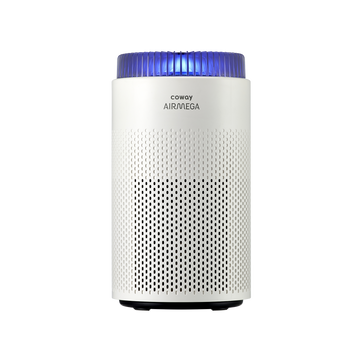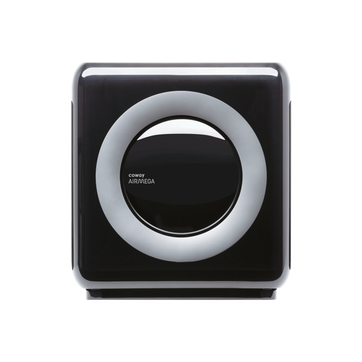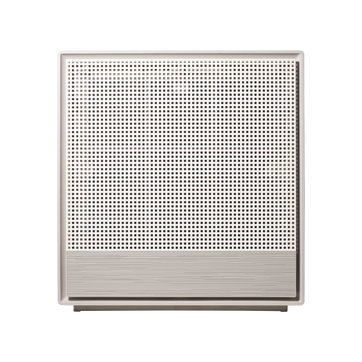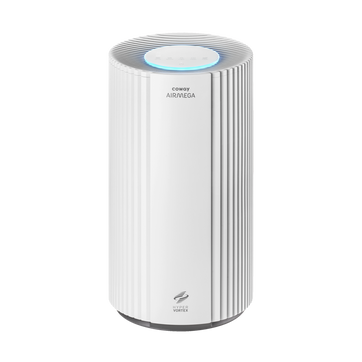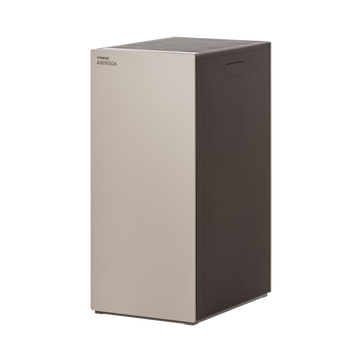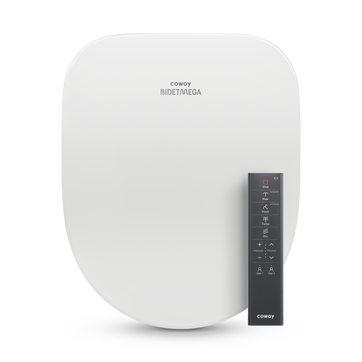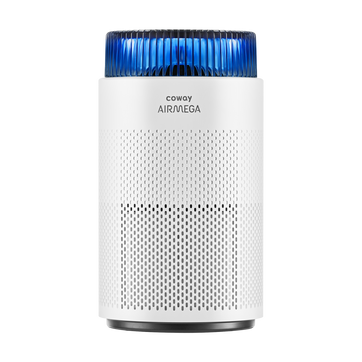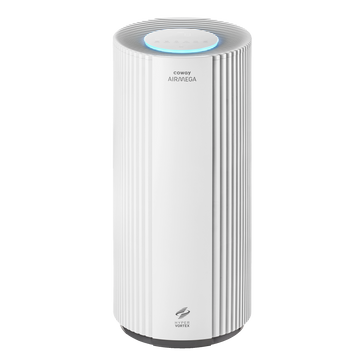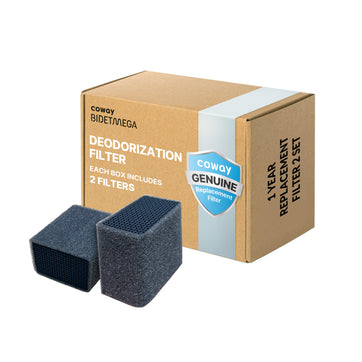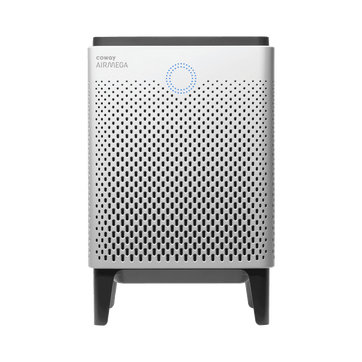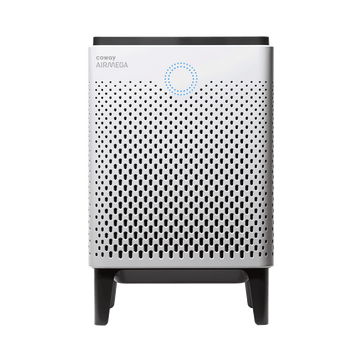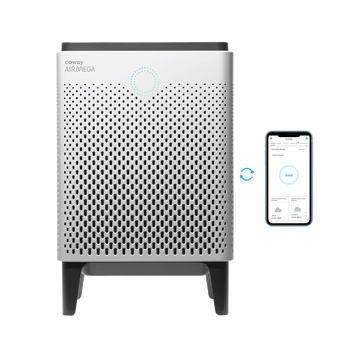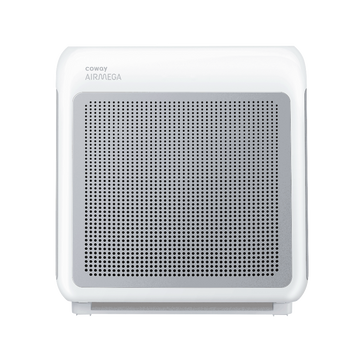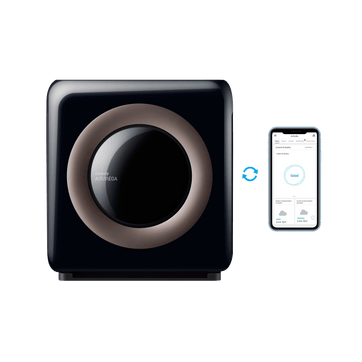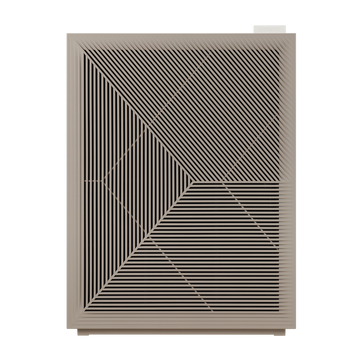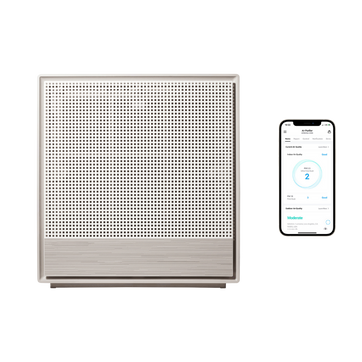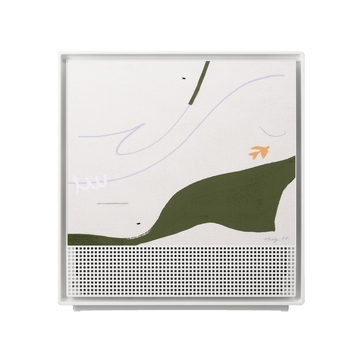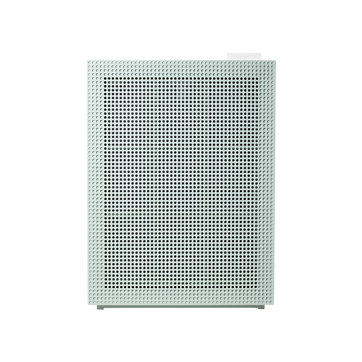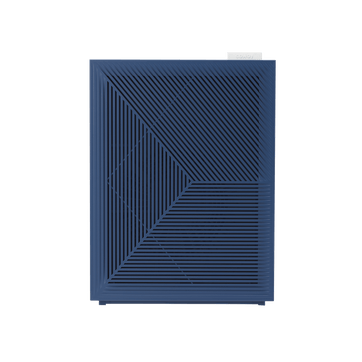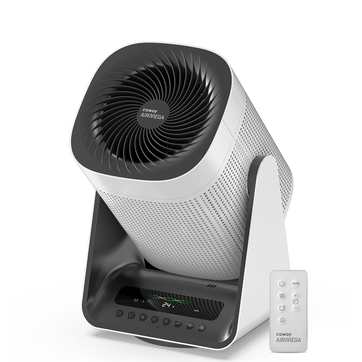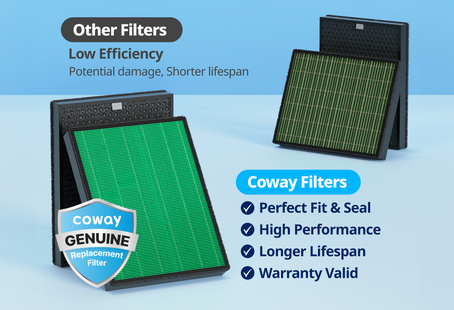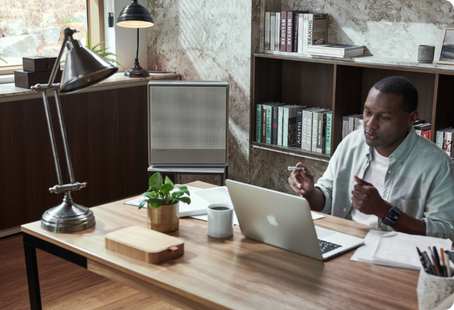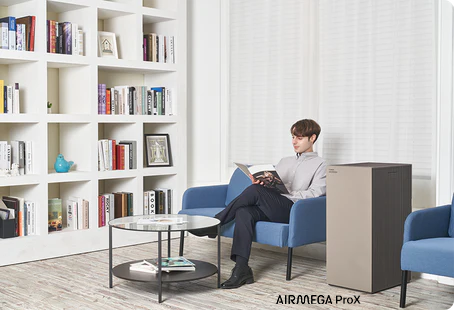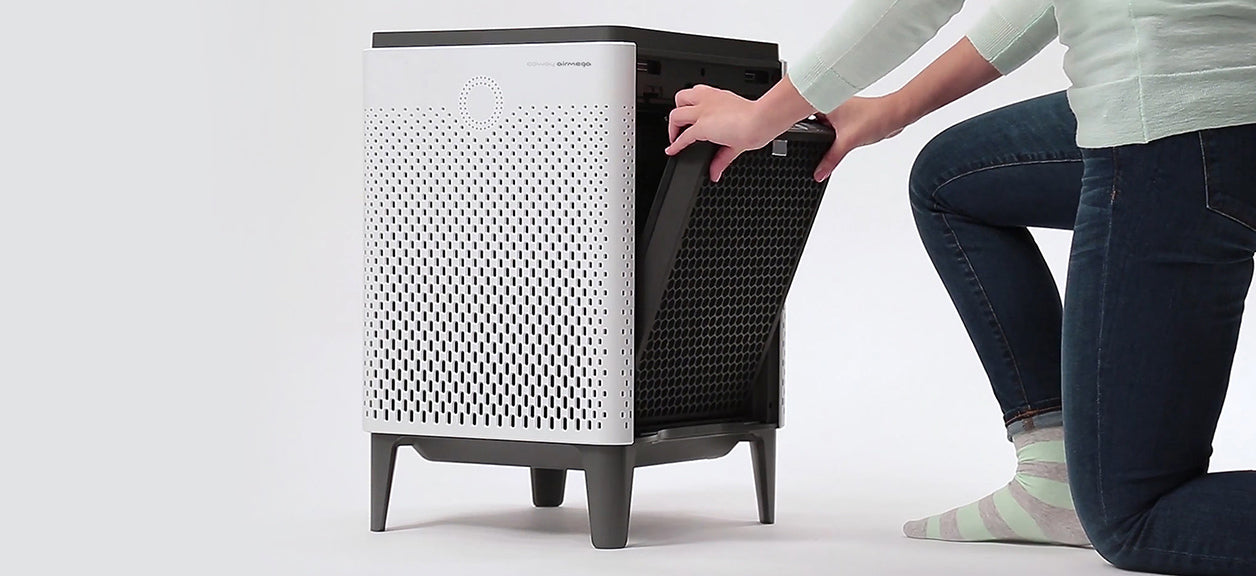
The Importance of Changing Your HEPA Air Filters on Time
Maintaining a clean and efficient air purifier is crucial for ensuring the purifier's longevity. To do so, it's essential to change your HEPA filters on time. So let's take a deep breath and embark on a journey toward cleaner air and a greener lifestyle.

Preserve your purifier’s longevity
Regular cleaning of the prefilter, and on-time replacement of HEPA filters can further the longevity of your purifier. Using third-party filters can also lower the efficiency or damage your purifier, so be sure to order proper replacements that were designed for your machine.
Maintain cleaner air
Changing your purifier’s air filter ensures cleaner, fresher and healthier air. This is better for everyone in your home, but it’s especially important for children, elderly and those who may suffer from allergies or asthma. Clogged filters can recirculate pollen, dust, and harmful particles instead of purifying the air.

Save money
Aside from protecting your purifier from unnecessary damage, replacing a clogged filter can also save you on operating cost. A dirty air filter is forced to use more energy than a new, clean air filter, which means a much higher electricity bill for you. Keep your air filters clean and in good condition, and you could save up to 15% on utility costs.
Protect the environment
Failing to clean and replace your air filter on a regular basis is essentially failing the environment. Running your home in an eco-friendly manner doesn’t necessarily mean giving up all forms of comfort and ease in your life. Something as simple as changing an air filter regularly can go a long way in saving energy, and making a difference.

When to Replace Your HEPA Filter
Understanding the right timing for HEPA filter replacement isn't just about following a calendar—it's about optimizing your air purifier's performance for your specific environment. While manufacturers typically recommend replacing a standard HEPA filter every 6 to 12 months, several key factors influence this timeline.
Basic Replacement Timeline:
-
Running your purifier 24/7 in high-traffic areas may require more frequent filter changes
-
Occasional use in quiet spaces like bedrooms might allow for extended filter life
-
Most households should plan for replacement filters every 6-12 months, depending on usage patterns
Environmental Factors That Impact Filter Life:
-
Urban locations with higher pollution levels
-
Areas affected by seasonal wildfires
-
Regions with significant pollen counts
-
Homes with pets or regular cooking activities
-
Presence of smokers in the household
Seasonal Considerations:
-
Peak allergy seasons often require more frequent filter changes
-
Local air quality events may impact replacement timing
-
Monitor environmental patterns in your area
-
Adjust your replacement schedule based on seasonal indoor air quality challenges
Remember: Rather than relying solely on calendar-based maintenance, developing a replacement schedule that matches your specific home environment will ensure optimal air purification performance.
How do I know when to change my air filter?
Advanced air purifiers like the Coway Airmega will notify you when to clean or change any of your air filters. Indicators will light up, depending on the action needed. Carbon filters need to be replaced about once every six months, and Green True HEPA™ filters about once a year, depending on how much air they have processed. When the pre-filter indicator light is on, clean the unit’s pre-filter to ensure Airmega can run at maximum efficiency.
Alexa Integration
If you want to be sure to replace your Airmega filters on time, Alexa can help. Once paired, Alexa will remind you when it's time change air purifier filters. You can even set up a smart reorder with you through Amazon to keep your purifier running at its best.
Signs Your Filter Needs Replacing
Even with regular maintenance schedules, your air purifier may signal that it's time to change the filter before the recommended replacement date. These warning signs are often your first indication that indoor air pollution levels are rising due to reduced filtration efficiency. Understanding these warning signs helps ensure your air purifier continues working at peak efficiency, protecting both your family's health and your investment in clean air.
Visible Signs of Filter Wear:
-
A noticeable increase in dust settling on surfaces throughout your home, particularly on glossy surfaces like tables and electronics
-
Discoloration or darkening of the filter material, especially around the edges where airflow is highest
-
Visible debris buildup on the pre-filter despite regular cleaning, indicating the filter is becoming saturated
-
A musty or unpleasant odor coming from the unit, which can occur when captured particles begin accumulating in large quantities
-
Visible gaps or warping in the filter material that could allow particles to bypass filtration
Performance Changes to Watch For:
-
Air flow from the purifier feels weaker than usual, even at higher fan settings
-
The unit runs louder or makes unusual sounds as it works harder to pull air through clogged air purifier filters
-
Allergy symptoms become more noticeable despite running your purifier consistently
-
Your air quality monitor shows higher particle counts than normal, especially after cooking or cleaning
-
The purifier takes longer to clear the air after introducing new particles (like cooking smoke)
Energy and Operation Signals:
-
The purifier runs longer or more frequently than before to maintain the same air quality level
-
You notice an increase in your electricity bill, as clogged filters force the motor to work harder
-
The fan speed automatically increases more often to compensate for reduced airflow
-
The unit feels warmer during operation due to increased motor strain
-
Smart features like auto mode struggle to maintain your preferred air quality settings
Remember: While modern air purifiers like the Airmega include built-in filter monitoring, being aware of these signs helps you maintain and improve indoor air quality and prevent unnecessary strain on your unit. Addressing these symptoms promptly can prevent decreased performance and potential damage to your air purifier's motor system.
Filter Maintenance Best Practices
Maintaining your air purifier's performance isn't just about regular filter replacements—it's about developing smart habits that protect your investment in clean air. Here's what industry experts recommend for keeping your air purification system running at its best.
Regular Inspection Routine:
-
Check the filter weekly for visible dust and debris accumulation
-
Gently vacuum the pre-filter's surface monthly using a soft brush attachment
-
Inspect main HEPA filters every 3 months for discoloration or damage
-
Look for signs of moisture or mold, especially in humid environments
-
Document filter changes to track performance patterns over time
Performance Monitoring Guidelines:
-
Test airflow monthly by holding a tissue near the output—it should move strongly and steadily
-
Use the purifier's built-in indoor air quality indicators to track filtration effectiveness
-
Monitor your home's indoor air quality levels before and after air purifier filter maintenance
-
Pay attention to changes in fan noise or operation patterns
-
Keep a log of any unusual odors or increased allergy symptoms
Essential Manufacturer Guidelines:
-
Only use filters specifically designed for your air purifier model
-
Follow the recommended replacement schedule in your owner's manual
-
Never wash or vacuum HEPA filters unless specifically stated as washable
-
Store replacement air purifier filters in their original packaging until needed
-
Register your purifier for warranty coverage and maintenance reminders
Remember: Consistent maintenance not only extends your air purifier's life but also ensures you're breathing the cleanest possible air. While these practices require a small time investment, they significantly improve your purifier's long-term performance and efficiency.
Frequently Asked Questions
How do I know if my air purifier filter is dirty?
Key signs of a dirty filter include:
-
Visible dust or discoloration
-
Decreased airflow
-
More dust on furniture
-
Higher energy bills
-
Louder operation
-
Filter indicator light on
-
Increased allergy symptoms
What happens if I don't change my air purifier filter?
Consequences of not changing filters include:
-
Reduced cleaning efficiency
-
Pollutant recirculation
-
Higher energy costs
-
Motor strain
-
Poor air quality
-
Possible mold growth
-
Shortened purifier lifespan
Can you wash an air purifier filter?
No, standard HEPA and carbon filters cannot be washed as water damages their filtration structure. Only pre-filters and specifically labeled "washable" filters can be cleaned. Replace HEPA and carbon filters every 6-12 months as recommended.
Disclaimers
1Coway air purifiers have been proven to trap dust, pollen, dander, viruses and bacteria in the air based on KCL (Korea Conformity Laboratories) testing.They have been tested in a 30㎥ size chamber according to the Korea Air Cleaning Association standard (SPS-KACA 002-132:2022 Modified) to measure the 0.01㎛ size of particle removal rate. It was tested on maximum airflow speed in normal room temperature and humidity conditions. The performance may vary in the actual living environment of customers.
→ Tested with Airmega Aim, 50, 100, 150, 160, Tower AP-1216L, Mighty AP-1512HH, MightyS AP-1512HHS, 200M, Icon, IconS, 230, 240, 250, 250 Art, 250S, 300, 300S, 350, 400, 400S, 450, ProX
299.97% of viruses, bacteria, fungi and pollen were verified to be removed from the air for Coway air purifiers which have Green True HEPA™ filter applied based on the Japan Food Research Laboratories(JFRL) testing according to JEM 1467 standard.
→ Tested with Coway Airmega Mighty AP-1512HH, MightyS AP-1512HHS, 250, 250 Art, 250S, 300, 300S, 400, 400S
→ All tested by JFRL and received above result within below time.
4The concentration of ammonia, acetaldehyde and acetic acid were proven to be removed within 30 minutes by FCG Research Institute, Inc. Human Life Science Lab. It is not a demonstration result in the actual use space. Not all odors and gases may be supported. → Tested with Coway Airmega 150, 160, Mighty AP-1512HH, MightyS AP-1512HHS, 400, 400S
5The coverage area of the air purifier is based on an area where the air cleaner can make two air changes per hour (ACPH). An air change per hour translates to how many times an air purifier can clean an area, assuming the height of a ceiling to be 8 ft, in one hour. Therefore ** means two air changes per hour means that the cleaner can clean the area once every 30 minutes and * means air changes per hour means that the air purifier can clean the area once every 60 minutes.
10Terms and conditions apply. Discounts, including promotions, coupons, bundle discount and subscription discount, cannot be stacked on top of other coupons. During promotional periods, discount codes will not be able to be applied to orders. Promo codes may apply to products only—filters, accessories, and new products within 3 months of the release date are not included.
11Based on Coway R&D internal laboratory testing, activated carbon filtration was shown to remove up to 95% of ammonia odors within 40 minutes, and up to 99% of fecal odors within 20 minutes. Actual performance may vary depending on usage conditions.
